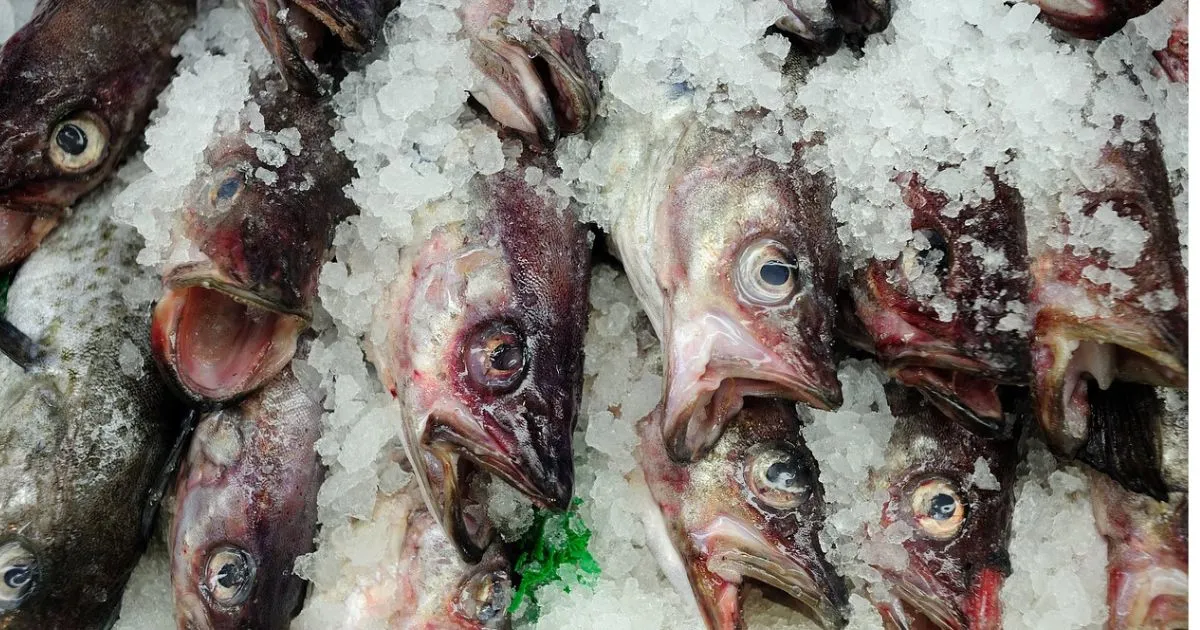Skip the Hotel Meal: Discover the Soul of Medina at Souq Al-Tabbakha
Table of Contents
Skip the Hotel Meal: Discover the Soul of Medina at Souq Al-Tabbakha
Forget the predictable hotel dining. In Medina, the true culinary ritual unfolds in the vibrant, aromatic alleyways of Souq Al-Tabbakha, the city’s oldest and most beloved market for traditional cuisine. This isn’t just a place to eat; it’s a living, breathing museum of flavor and community, offering an experience that will nourish your soul as much as your body.
Where to Find This Hidden Gem: A Cultural Epicenter
You won’t need a complicated map to find this treasure. Souq Al-Tabbakha is nestled in the historic Qurban district, a central and easily accessible neighborhood just southwest of the Prophet’s Mosque. Its exact address is the bustling Qurban Street (Shari’ Qurban), a thoroughfare steeped in history.
What makes its location truly special is its proximity to other key sites. The souq is part of a perfect cultural trifecta:
- Steps from History: It is located a mere 3-5 minute walk from the renowned Asafia Museum (Dar Al Madinah Museum). This makes it effortless to combine a journey through the city’s visual history with an immersive tasting tour of its culinary heritage.
- In the Heart of It All: The market is also in the immediate vicinity of the Qurban Mosque (one of the famous Seven Mosques) and the fragrant Souq Al-Attarin (the Perfume Market). This places you in the very heart of Medina’s most authentic and historic quarters.
When to Visit: Follow the Local Rhythm
The souq operates on a schedule tuned to the city’s pulse. While individual stalls may vary, the general operating hours are:
- Open daily from early morning until after midnight.
- Peak hours are during traditional meal times: late morning for a late breakfast or early lunch, and again in the evening for dinner. For a more relaxed experience, visit in the afternoon or later in the evening.
- Note: Hours may shift during prayer times, with a brief lull as vendors and patrons observe Salah. This is a perfect moment to soak in the atmosphere.
Step Into a Living History
The market itself feels like stepping into a different era. There are no glossy signs or digital menus here. Instead, your guide is your senses: the sound of dough being slapped and shaped for tamees, the sight of massive pots of foul simmering over low flames, and the unmistakable aroma of spices, baking bread, and rich Arabic coffee that hangs lovingly in the air.
The ambiance is a beautiful, organized chaos. Narrow pathways wind between decades-old establishments, each one a family legacy. The air is filled with the warm hum of conversation—a mix of vendors calling out orders, families chatting loudly, and the quiet prayers of patrons. You don’t just observe the culture here; you become a part of it, even if just for a meal.
A Culinary Pilgrimage: A Feast Without Borders
Souq Al-Tabbakha is not a single restaurant but a constellation of culinary specialists. While its heart beats for classic Hijazi dishes, to call it a one-note market is a vast understatement. It is a microcosm of Saudi and broader Middle Eastern culinary tradition, offering a breathtaking array of flavors that cater to every craving.
This is where you come for a definitive taste of classics, with each stall mastering its own craft.
- For the iconic Foul Medammes: Follow the crowd to the stalls with the largest copper pots. Here, fava beans have been slow-cooked to creamy perfection for hours, served with a generous glug of olive oil, a squeeze of lemon, and a sprinkle of fresh chili. It’s hearty, wholesome, and the undisputed champion of the market.
- For Flaky, Buttery Muttabaq: Watch masters stretch dough paper-thin on a hot griddle, filling it with savory minced meat, eggs, and herbs, or a sweet, creamy banana and nut mixture for a perfect dessert. The skill is mesmerizing, the result is unforgettable.
- For Warm Tamees Bread: No meal is complete without this pillow-soft, wood-fired bread. Grab it fresh from the oven, tear it apart with your hands, and use it to scoop up every last bit of your meal.
The journey continues throughout the day, revealing its full gastronomic spectrum:
- Hearty Stews: Enormous pots of Haleem (a rich, wheat and meat porridge) and Maraq (a fragrant meat and vegetable stew) take center stage, their steam carrying tantalizing spices through the alleyways.
- The King of Grills: You cannot miss the Mandi. Look for restaurants where whole lambs or large cuts of chicken are slow-roasted in underground clay ovens. The meat, falling off the bone and infused with smoky, spiced aromas, is served over fragrant rice—a truly regal meal.
- A Note for the Adventurous Eater: Venturing into offal is part of the authentic experience here. Liver (Kibda), typically lamb or chicken, is a popular and delicious choice, often grilled with spices on a flat top. For the freshest taste, observe which stalls have a constant stream of locals. If you are a seafood connoisseur, the fish is an excellent alternative; seek out a dedicated vendor and choose a firm, white fish like Hamour (grouper), simply grilled to perfection.
- Street Food Bliss: The energy of the souq is fueled by constant snacking. Skewers of Kebab and Shish Tawook sizzle on open grills, while vendors fry up golden discs of Falafel and crispy Sambusas stuffed with meat, cheese, or vegetables.
- A Sweet Conclusion: The culinary tour ends on a high note. Beyond the sweet Muttabaq, you’ll find trays of sticky Baklava, bowls of creamy Mahalabia (milk pudding), and the iconic Kunafa—a warm cheese pastry soaked in sweet syrup, often made to order in vast copper pans.
Washed down with sweet, spiced karak chai or traditional Saudi coffee, a meal here is a symphony of flavors that tells the story of the region, one dish at a time.
The Heartbeat of the Community
This market is far more than a tourist spot; it’s the communal dining room for the entire city. You’ll find taxi drivers fueling up for their shift, shopkeepers debating the news over coffee, and multi-generational families sharing a weekly tradition. It’s a democratic space where everyone is equal, united by a love for good food. As one long-time patron, Ahmed, shared while finishing his foul, “I have eaten here every Friday for forty years. The taste is my childhood, it is my home. This market is a treasure for us.”
A Tradition Preserved
In a city that continues to modernize at a rapid pace, Souq Al-Tabbakha stands as a resilient guardian of heritage. While the world around it has changed, the market has fiercely protected its character. It has been preserved, not modernized—a conscious choice by the community and vendors to hold onto an irreplaceable piece of Medina’s identity. Visiting isn’t just a meal; it’s an act of participation in keeping this tradition alive for generations to come.
Your Journey Awaits
So, when in Medina, venture beyond the familiar. Let the scent of baking bread and grilling meat guide you to the historic Qurban Street. Sit on a simple plastic stool, order by pointing at what looks good, and share a smile with the locals. You won’t just be eating; you’ll be feasting on history, community, and the authentic, beating heart of the city.

